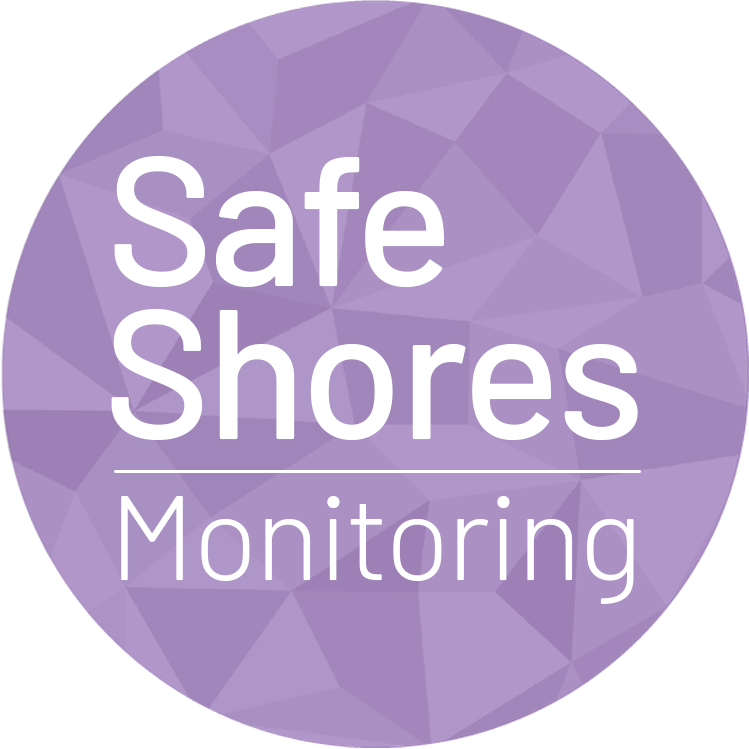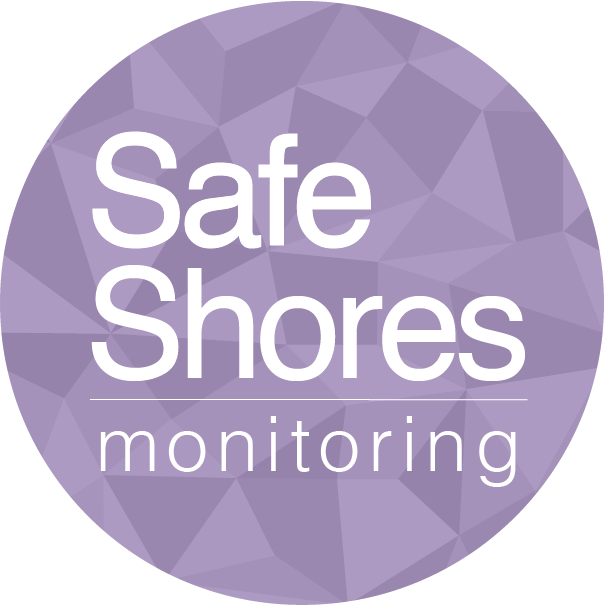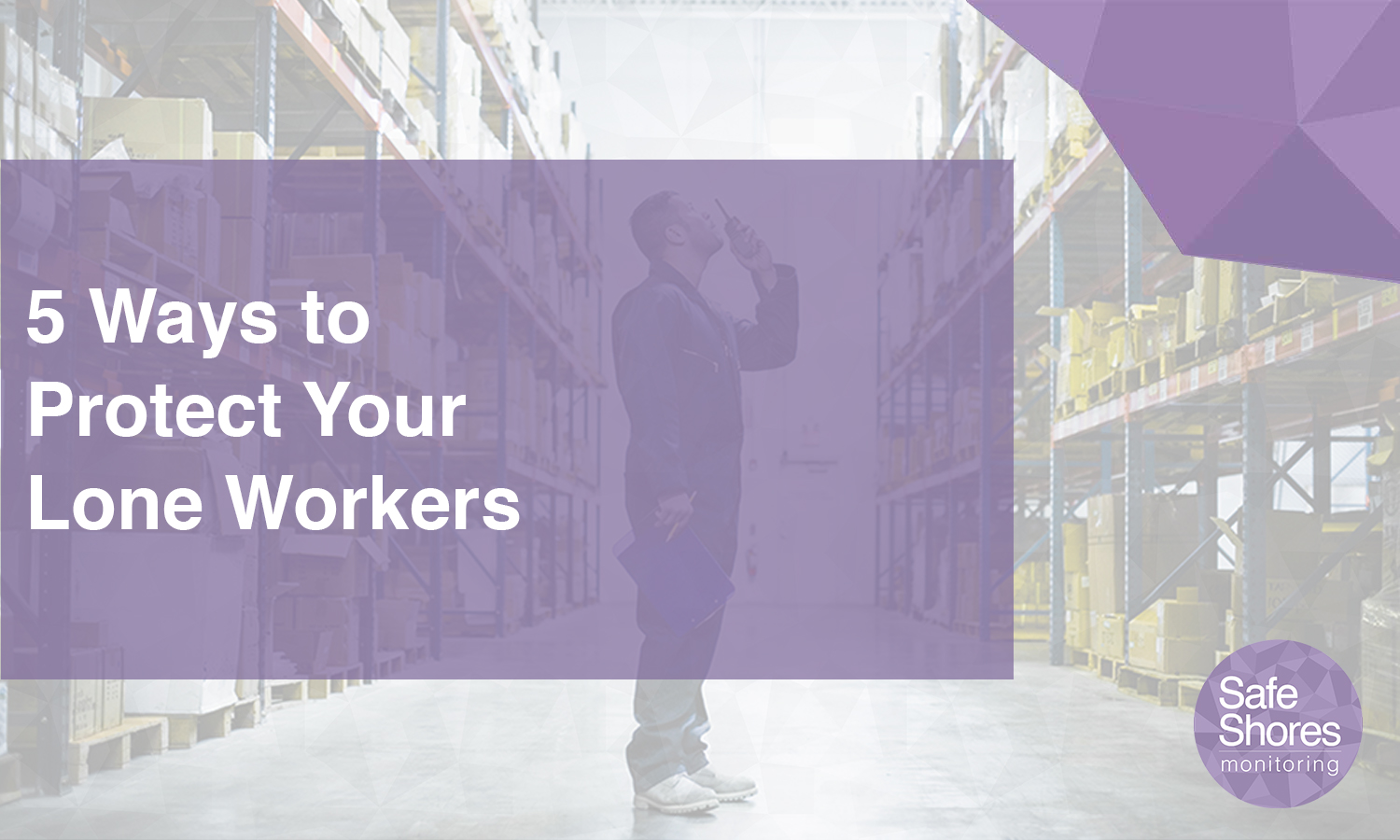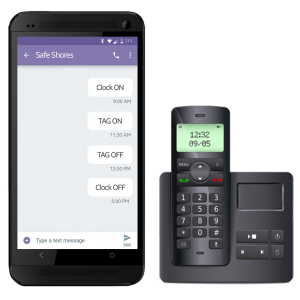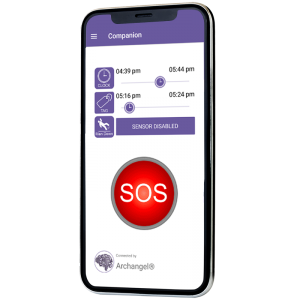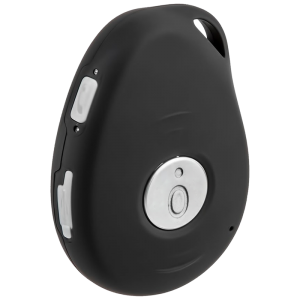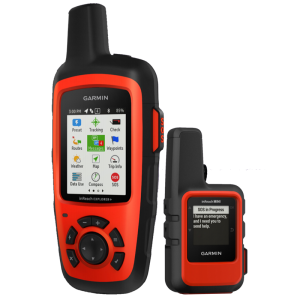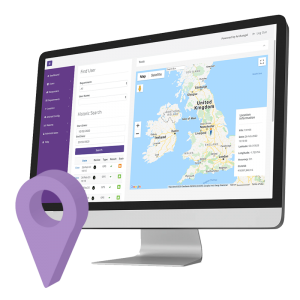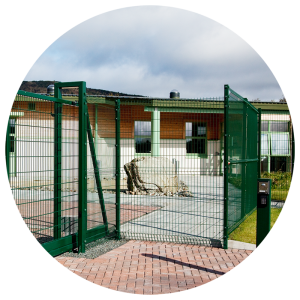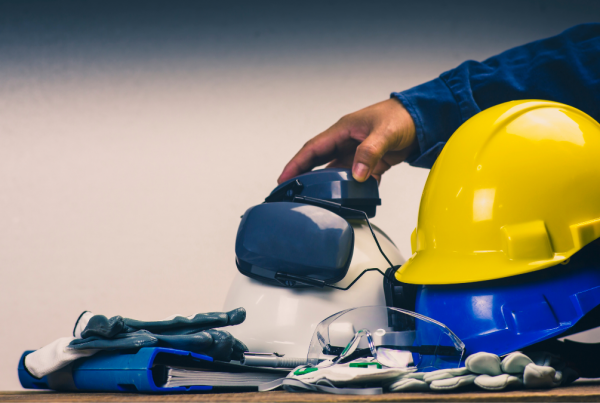5 means of Lone Worker Protection
Lone Worker protection must be considered as lone workers are one of the most at risk group of workers in the UK. In previous articles, we’ve mentioned that of the 8 million lone workers in the UK, one is attacked every 9 minutes.
So how can we ensure the safety of these individuals?
Here are our 5 means of lone worker protection!
1. RISK ASSESSMENT
When ensuring the safety of your lone worker, it’s important to understand the specific challenges they face in their daily role. Depending on the role some workers may face more extreme risks and as a result, require more sophisticated protection.
When considering lone worker protection, a comprehensive risk assessment should be carried out to understand the specific needs of the individual. The key variables to consider in this assessment are:
People we meet
- Alcohol and drug users
- Client/ Customer Behaviour
- Warning markers
- Other (random) people in the vicinity
Environment we operate in
- Geography, terrain
- Crime statistics
- Mobile coverage
- Time of Day – late evening, early morning etc
Task being affected
- Nature of Role – enforcement, medical, confined spaces etc
- Hazardous materials or equipment
- Valuables carried
- Travel plans, driving hazards etc
2. POLICY
Although a lone worker policy is not a legal requirement, it is good working practice to help promote a strong health and safety culture in the workplace.
Encouraging adoption becomes much easier when there is a defined policy in place. A policy sets rules and regulations which each employee has a responsibility to read and understand before carrying out their role. A clearly defined policy works as a tool to effectively manage health and safety in a controlled manner. Rules and procedures work well to encourage employee uptake.
3. TRAINING
Training is a vital component which underpins the sound implementation of a lone worker policy. Although having a policy in place gives an employer something to fall back on if it hasn’t been taken into consideration by a worker, training delivers better chances for adoption, higher levels of uptake and reinforces its importance.
4. CULTURE
This is perhaps the most important element to consider when implementing lone worker policies.
You can provide your worker with a solution, device and/or service – tell them why they need it and how to use it and they might continue to disregard this solution. Why?
“…Because It won’t happen to me”
“…they are only ticking a box’’
Thousands of lone workers are attacked each year, 100’s are attacked every day and of those attacked, the majority would never have been attacked before. Having never been attacked before leads workers into a false sense of security where they assume it will never happen.
In order to overcome this attitude, employers should engage their workers in an open conversation. Discussing the reality of lone worker protection, sharing statistics and allowing workers to share their experiences of working in the field. Open conversation allows workers to identify patterns within industries, brings to light previously unknown risk and encourages new patterns of behavior, including greater uptake of a lone worker policy.
5. RIGHT SOLUTION FOR THE RIGHT PERSON.
Although some may carry out the same role, No two lone workers are alike. Some will work in remote, rural, locations. Some travel great distances and find themselves in dangerous spaces with poor phone signal. Others are city bound and travel door to door caring for people. Each of these workers are alone, however, each might require a different service.
This is why Safe Shores Monitoring offer three different packages, each of which can be tailored to the specific needs of that organisation. As an example, each of our service offerings come with a time-based welfare check, SOS, call recording and basic location monitoring as standard. However, each of these service offerings can be combined with a different device, depending on their role and risk level. A ‘service only’ package can be used with a standard mobile phone, the ‘App service’ can be downloaded to smartphones to include advanced location and GPS, fall detection, and enables users to overcome their screen-lock with an SOS button, and our Device package delivers GPS location with a waterproof, man-down, and roaming mobile network service.
Whatever your need, it’s important that the right lone worker protection is applied if it is to be successful.
